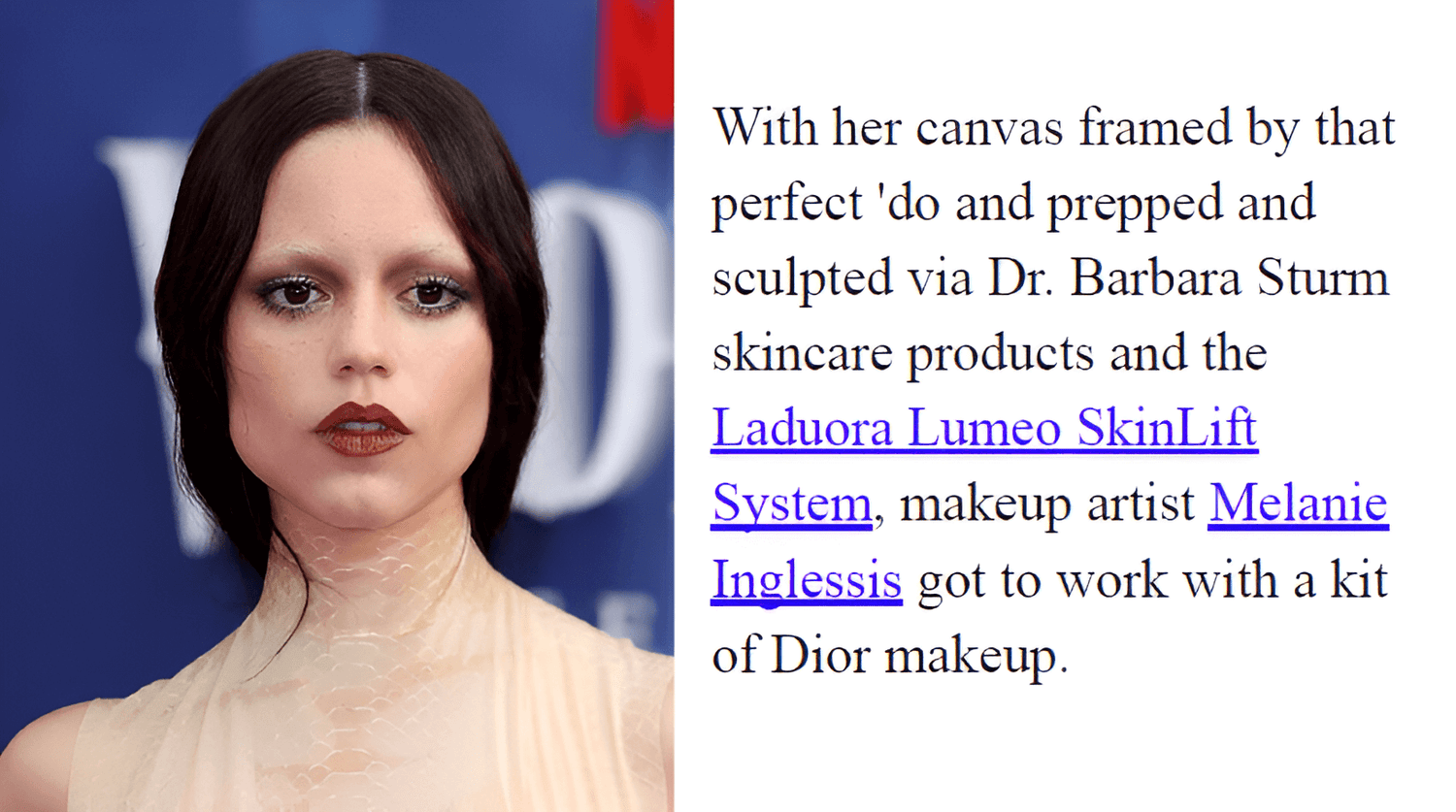Broken capillaries are a prevalent issue that can affect individuals of all ages. In the following information, we will provide you with valuable insights, including the effective treatment methods and preventive measures, to help you address and eliminate this condition.
Broken capillaries are a frequent cosmetic concern that can lead to feelings of self-consciousness and diminished attractiveness. These capillaries tend to manifest on the face, particularly on the nose and cheeks. Although not medically harmful, they can be challenging to conceal with makeup or clothing. Fortunately, there is a solution available to help minimize the visibility of broken capillaries: red light therapy
What are broken capillaries?
Broken capillaries, also known as telangiectasia, are tiny blood vessels near the surface of the skin that have become dilated and visible. They often appear as fine, red or purplish lines, resembling spider webs or branches, on the skin. Broken capillaries are most commonly found on the face, particularly on the nose, cheeks, and chin.
What’s causing broken capillaries?
Broken capillaries can be caused by several factors, including:
- Aging: As we age, the skin becomes thinner and loses its elasticity, making the capillaries more prone to damage and breakage.
- Sun exposure:Prolonged exposure to ultraviolet (UV) rays from the sun can weaken the walls of the capillaries, leading to their rupture.
- Genetics: Some individuals may have a genetic predisposition to developing fragile capillaries, making them more susceptible to breaking.
- Rosacea: This skin condition can cause chronic redness and inflammation, leading to the dilation and breakage of capillaries.
- Hormonal changes: Fluctuations in hormone levels, such as during pregnancy or menopause, can weaken the capillary walls, increasing the likelihood of their rupture.
- Alcohol consumption: Excessive alcohol consumption can dilate the blood vessels, including capillaries, and make them more prone to breaking.
The Benefits of Red Light Therapy for Treating Broken Capillaries
Red light therapy offers potential benefits for addressing broken capillaries. This non-invasive procedure utilizes specific wavelengths of red light to target the affected areas. The red light stimulates cellular activity, promotes blood circulation, and encourages collagen production, which can help improve the appearance of broken capillaries over time. Regular sessions of red light therapy have shown positive results in reducing the visibility of broken capillaries, resulting in a smoother and more even complexion.
The Benefits of Heat Therapy for Treating Broken Capillaries
The application of controlled heat to the skin can help dilate blood vessels, increase blood flow, and promote healing. Heat therapy may improve the overall health and resilience of the skin, potentially reducing the appearance of broken capillaries.
The Benefits of Facial Massage Therapy for Treating Broken Capillaries
Gentle facial massage techniques can stimulate blood circulation and lymphatic drainage in the facial area. This improved circulation can aid in reducing congestion and promoting the removal of waste products, potentially benefiting the overall health of the skin, including the affected areas with broken capillaries. However, it's important to ensure that the massage is performed by a trained professional who understands the specific techniques and precautions needed for broken capillaries.
LADUORA VELVE RED LIGHT THERAPY FACIAL WAND
Red light therapy provides many benefits. This treatment: Slows down the appearance of aging in the face. Firms and tightens skin for a more youthful look. Laduora Velve Red Light Therapy Facial Wand also features microcurrent facial (lift, firm, tone the skin), vibration facial massage (reduces puffiness), and therapeutic warming (increases blood circulation).
Laduora Velve Red Light Therapy Facial Wand is extremely portable so can be easily stored in a purse for on-the-go facial treatments, while the massage head can be rotated 90 degrees to treat larger skin areas, such as forehead, cheeks, and neck.






